By Jennifer Dorsett
When we think of corn, we tend to think of plump, yellow kernels slathered in butter. Or some of us might picture those fields with rows and rows of tall plants that are grown along so many Texas highways.
But corn is pretty much all around us all the time. It’s food, feedstock, fuel, fiber and so much more. There are more than 4,200 different uses for corn and additional ways are being researched every day!
There are three types of corn: sweet corn, field corn and popcorn. Texas farmers across mainly grow field corn due to its versatility, but sweet corn is also grown in the Lone Star State. Check out this blog post for a few differences between sweet corn and field corn.
Last year, Texas farmers grew more than 2 million acres of corn and produced more than 204 million bushels.
The multipurpose crop is planted in Texas as early as January and as late as June, depending on where in the state it’s being grown.
Many varieties grown today are genetically modified to be more drought tolerant and insect resistant, increasing yields while using fewer resources.
It takes about 120 days for a corn crop to mature. A combination of adequate rainfall, fertilizer and favorable temperatures help the crop reach harvest.
A few prayers never hurt either.
Plants usually grow to be about 6 feet tall, and each plant in Texas will produce, on average, one ear.
When the plant and ears are fully matured and dried, farmers use a combine to harvest the ears. Inside the combine, the cobs are broken apart and the kernels, or grain, are shaken loose and collected in a tank.
When the tank is full, the loose kernels are loaded into a tractor trailer and typically taken to a grain co-op for drying, cleaning and storage before being sold.
About 98 percent of corn grown in Texas goes to livestock feed, with some of that chopped for silage. The rest is used in food products and ethanol production.
Refineries or processors soak and mill the corn, separating the germ, oil, starch and hulls. Corn is a very cost-effective product since each piece of the kernel has a variety of uses.
One bushel of corn, which equals about 56 pounds, can make:
- 31 pounds of starch, or
- 33 pounds of sweetener, or
- 22 pounds of polylactic acid fiber, a biodegradable plastic.
A bushel of corn can also be converted to 2.8 gallons of ethanol plus one of the following:
- 17.5 pounds of dried distillers grains, or
- 13.5 pounds of gluten feed and 2.6 pounds of gluten meal, or
- 1.5 pounds of corn oil
Livestock feed that uses corn may mean silage, ground whole corn, dried distillers grains or hay from cornstalks. Corn is fed to a variety of animals, including cattle, poultry and pigs.
And of course, many of our human food ingredients are corn-based.
Soda, salad dressings, cereal, snack foods, yogurt, ice cream and all kinds of foods contain corn.
It’s also made into biodegradable plastics, such as disposable dishware, to-go containers, food packaging and more, so your food may not only contain corn, but be contained by corn.
In our homes, corn is found in products we use every day, including cosmetics, toothpaste, soaps, deodorants, cleansers, medicine, bandages and diapers. It’s also in various school and office products like glue, crayons, paper, ink and book bindings.
How we build and furnish our homes and businesses even involves corn. Things like building insulation, paint, resins, lacquers, wallpaper, linoleum, carpet and bedding all contain corn-based products.
Corn powers our days. Cornstarch is often used as an electrical conductor in batteries, and ethanol is widely blended with petroleum-based gasoline as fuel for our vehicles.
There are also various uses for corn in matches, fireworks and other explosives.
Corn is literally a powerful product!
So, the next time you think about corn, don’t just think about corn on the cob. Instead, take a look at what you’re eating, wearing or driving. Corn is everywhere!

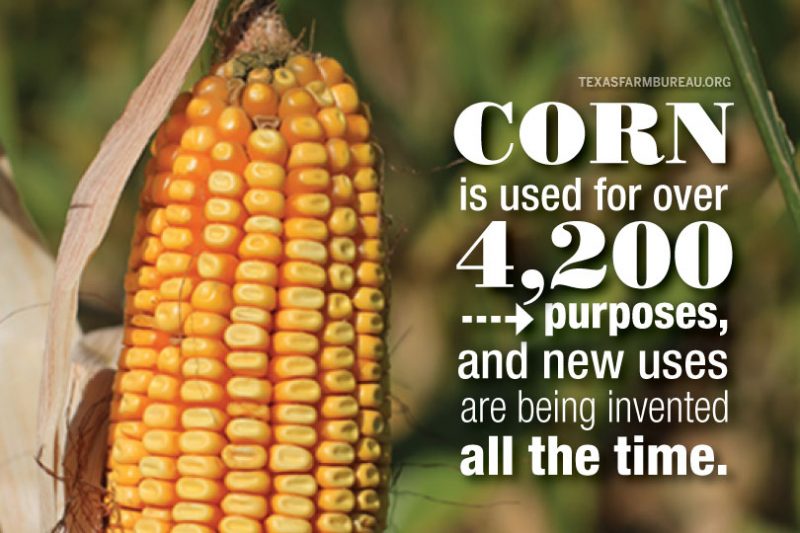
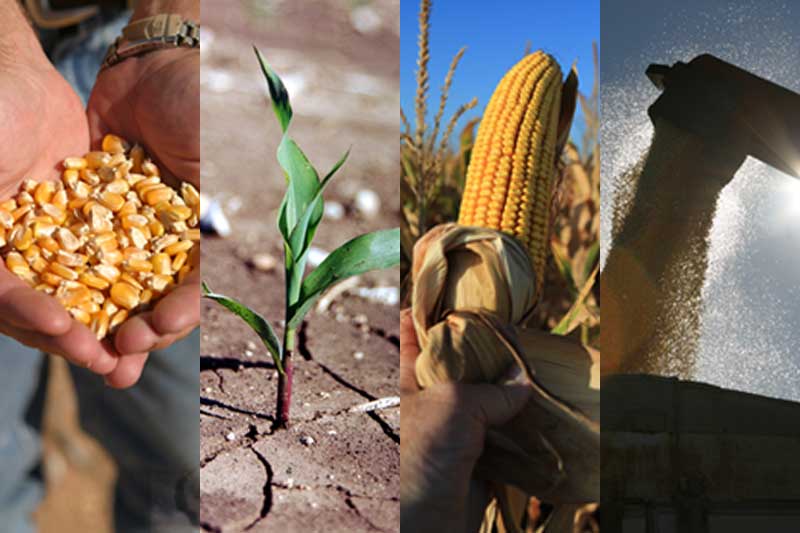
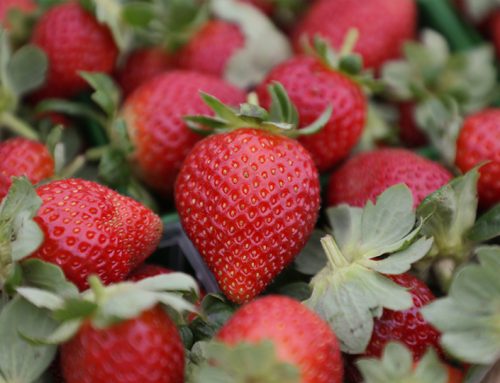
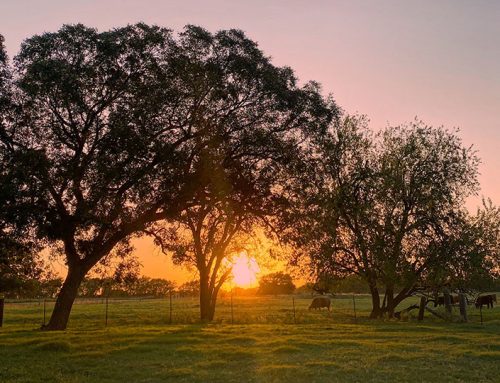
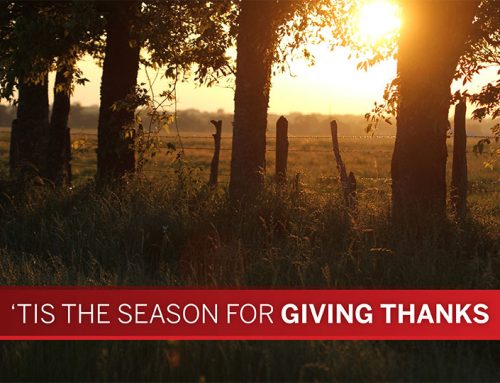
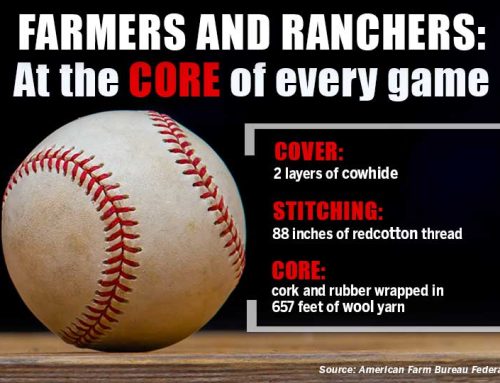
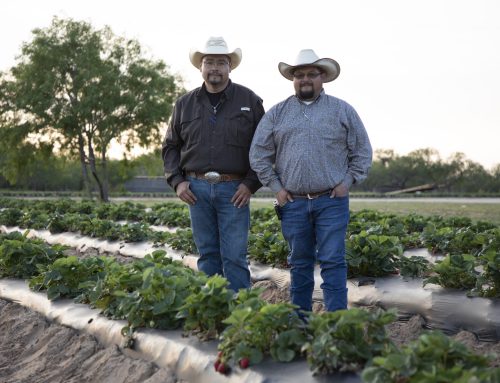




Leave A Comment